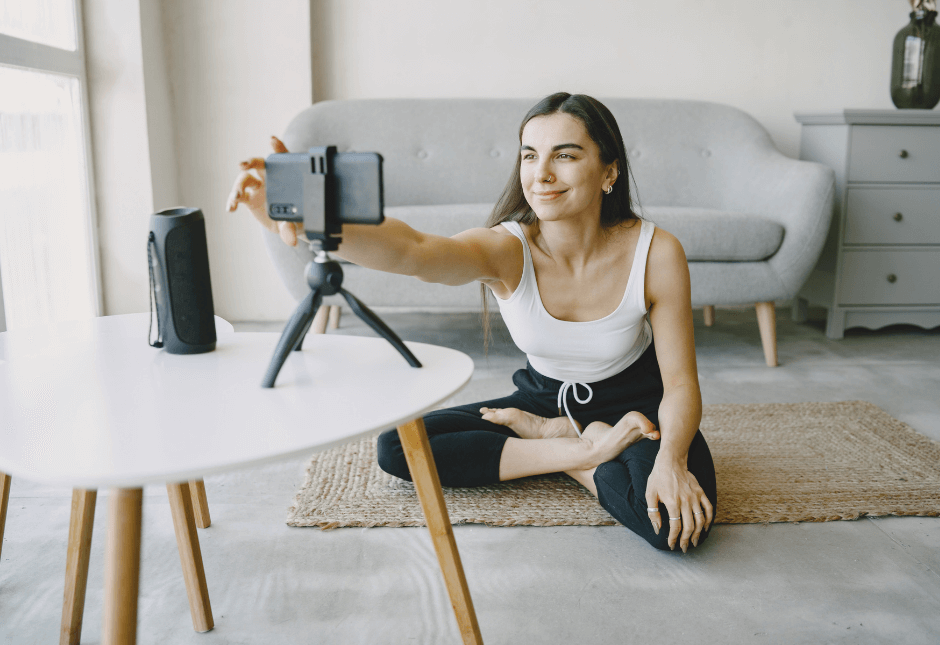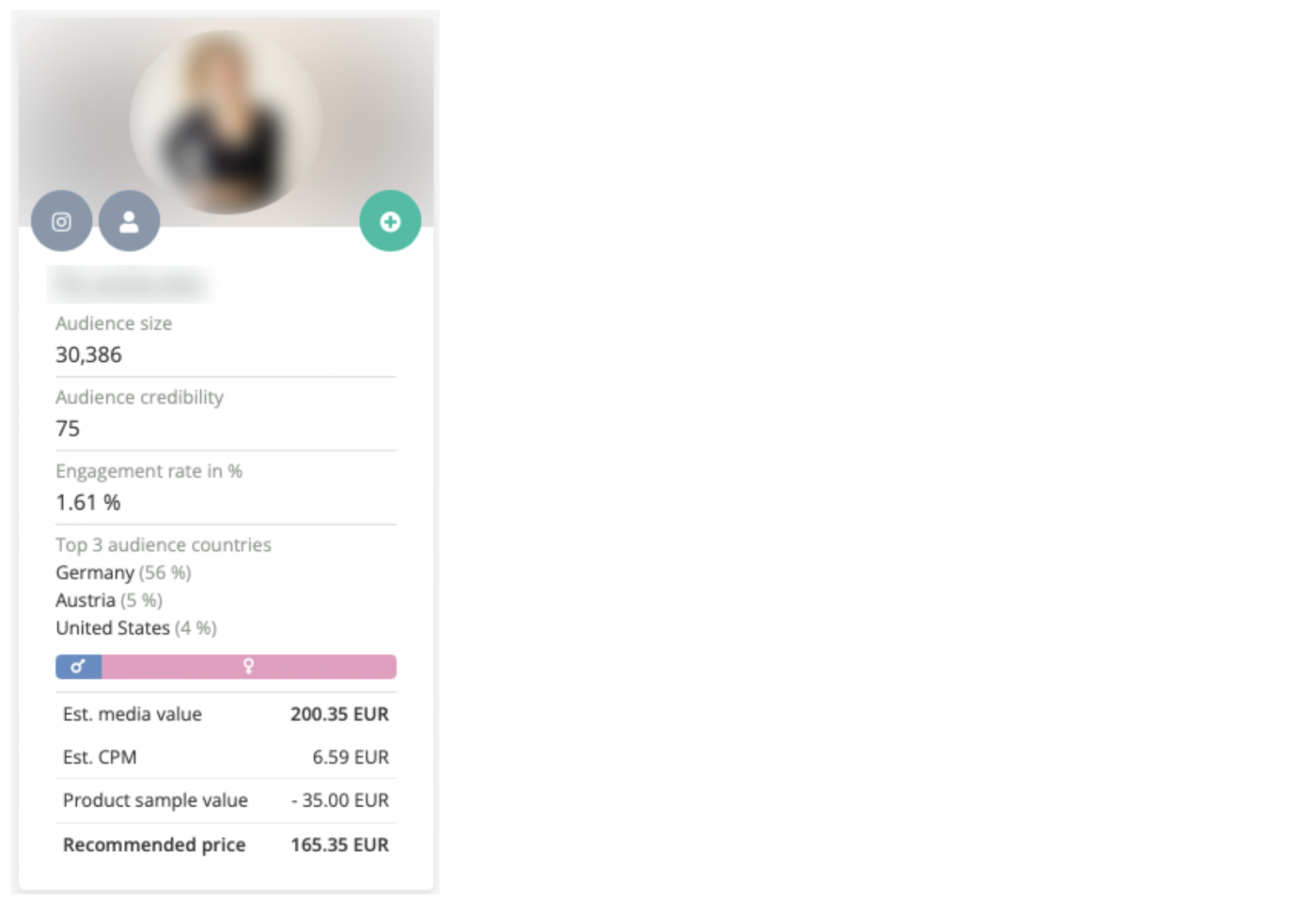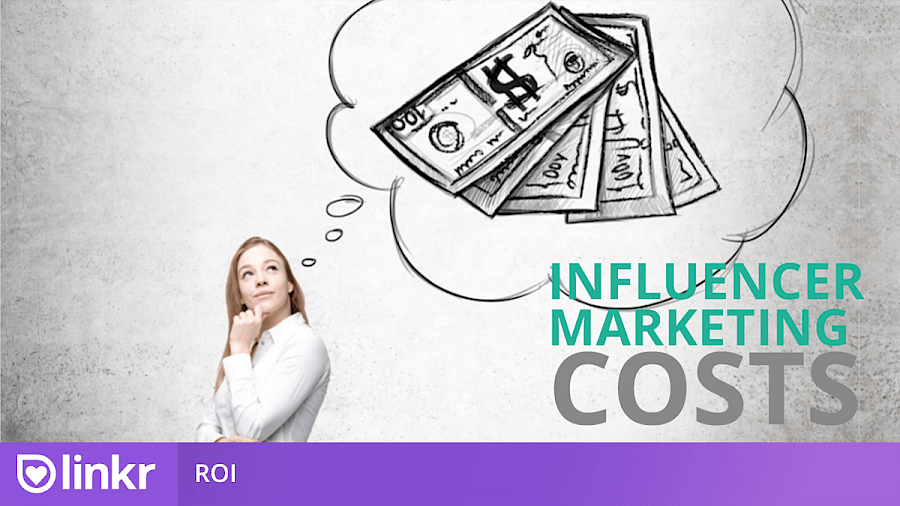Over the years, linkr has managed thousands of cooperations between brands and influencers and we‘ve seen the whole industry evolve and mature on all fronts - searching for cooperations, match-making, tech to express creativity, tracking, analytics,…
If there‘s one area lacking behind, it definitely is cooperation prices. We‘re not saying it hasn‘t evolved. It sure has. But it still feels it‘s the one field that has matured the least.
Still, years after the inception of influencer marketing, there is so much uncertainty about how much a cooperation with a given influencer will cost. So much wrong information out there - you‘ve probably read (rule of thumb) formulas like $ 100 per thousand 10k followers yourself, that are wrong in so many ways.
So many so-called experts, claiming it‘s all complex and complicated with no other motive than preserving their status as an expert.
But is it complicated? Well - as with everything - it isn‘t, once you‘ve understood the bigger picture, broke it down into pieces and understood those.
So let‘s break it down then, shall we?
When looking at the price tag of any influencer cooperation, it will (apart from a potential agency or management markup of some sort, if the influencer is under management) always consist of 2 main components:
Content
Reach
So let‘s try to understand those 2 components better:
1. Content

Taking a closer look at the content portion of our cooperation cost block, this is essentially media production, with a few things impacting the final price tag:
1.1. Quality:
These days, advanced technology (both hardware and software) is widely available to the average consumer rather than to professional users only. With an iPhone, a Photo- / Video Editing App a YouTube Tutorial, creative juice and some practice, everyone can create great content.
That being said, there is still a broad bandwidth when it comes to quality of content. While micro influencers will shoot with their iPhone, larger influencers likely work with a small production team and bring special equipment like professional cameras, drones, mics, etc. The more complex, the more expensive.
1.2. Format
The format you‘re seeking to produce will naturally impact the price. It‘s rather obvious that it will be less effort (and thus less costly) to produce an Instagram Story than it will be to produce a 20 minute Video on YouTube.
1.3. Requirements
Content requirements, apart from quality and format, essentially boils down to the content script. If the script allows the influencer to shoot from the living room, garden or a public space, that will be easier (and cheaper) to accomplish than a script requiring the influencer to rent and decorate a space or having to travel.
Also, in case of product reviews or recommendations: If it‘s a piece of clothing that the influencer has to try, then that‘s something different than the influencer trying a diet for 30 days before being able to create content.
1.4. Usage Rights
Once content is produced, will you own it or will it be the influencers intellectual property? In case of the latter, what are the content usage rights the influencer will grant you?
For example: Are you allowed to re-post it on your instagram account? Can you embed it on the product detail or checkout page of your online store to increase conversion? Can you use it in ads on Social Media? Are you allowed to alter the content?
2. Reach

As for this bucket, you‘re essentially paying for the amount of people the influencer allows you to reach or for the number of impressions you are able to generate with the post of that influencer:
2.1. Audience size vs Reach
The simple truth is that an influencer with 80,000 followers will not allow you to reach 80,000 people.
Why is that?
Well, as a user on Instagram, there is only so much content you can consume - or only so much you are willing to in terms of time spent. Instagram will try to fill your feed with content that it thinks will keep you engaged. Following someone is a strong indicator you‘re interested in the content produced by that someone, but it‘s not the only influencing factor. How much time you spend with certain pieces of content, what, what you like, share, comment, save, or what your peers, friends, statistical twins like, share,… plays a large role as well.
And as Instagram needs to make money off of our attention, it will need to shuffle ads into your content feed as well. At the end of the day, a lot of the content produced by people you follow won‘t even be shown to you and the percentage of followers an influencer will organically reach with a post can be as low as 10%.
2 rules of thumb:
The higher the engagement rate of an influencer, the higher the % of followers getting to see posted content.
The larger the audience size of an influencer, the lower (mostly) the % of followers getting to see posted content, which (also) has to do with the fact that engagement rate decreases as the number of followers increases.
So don‘t get blinded by large followings. Also look at metrics such as engagement rate, post impressions or reach.
2.2. Impressions vs. reach / gross vs. net
If I see a post 3 times over the course of 2 days, then I contributed 3 impressions (gross reach). Still, the person that published the post only reached 1 individual (net reach).
We‘re not trying to diminish the value of impressions here. Not at all. As with every marketing activity, re-targeting is massively valuable here too. We‘re just trying to point out that reach and impressions are 2 different metrics that are though often used interchangeably.
Calculating the final price tag

OK, so now that we‘ve understood what the main buckets and price drivers are, how do we calculate the final price tag?
Well, with so many different influencing factors, it‘s never going to be one fits all here and prices will be individual for each single cooperation. That‘s not what you wanted to hear though, was it?
You are looking for that magic, simple formula to calculate your price tags. Bad news is, it doesn‘t exist. Good news is you can come up with something close to that. Let‘s look at how that works:
For the Content portion, ask yourself how much it would cost you to source the desired piece of content from an agency or from a freelancer on fiver. Or how much time it would take you to do it yourself, multiplied with an hourly rate you think is fair.
Take that price as a baseline (you gotta start somewhere, right?) ad get quotes from different influencers. As there is a certain correlation between audience size and content quality, you can check how that price tag increases with the amount of followers that user has and come up with rough price ranges for certain audience size buckets.
For the Reach portion, you can research what reach will cost you when buying ads. What will an impression on Instagram cost you? How much does it cost you to reach 1,000 people on YouTube?
Those numbers usually are a good starting point.
Paid reach will usually be cheaper than the reach of an influencer, simply because people trust recommendations from other individuals (even if they don‘t know them personally) more than advertisements. So the reach from influencers will typically have a higher contribution to your brand building efforts, convert better, etc. and is thus premium (i.e. more expensive) compared to paid ads on social media. Nonetheless, knowing the CPM for paid ads gives you a great baseline for comparison.
Now again, start getting offers from influencers and calculate what the CPM (cost per mille - cost to reach a thousand people) will be for each offer and for different size or quality buckets.
Once that is established, you will always be able to come up with a rough estimate on what any given cooperation will cost you.
If the offer from an influencer is far off that estimate, you‘ll have a strong leg to stand on during negotiations, asking the influencer why the reach or content portion is higher than what you came up with, based on your assumptions.
Can I automate that?

All of the above isn‘t rocket science. It‘s something that anyone can do with some research, data structuring and an excel spreadsheet. For solid estimates, the larger the dataset, the better of course and as the industry is ever evolving, that effort will be a continuous one.
The linkr platform facilitates and manages thousands cooperations between influencers and brands every month. Compensation for those cooperations are a mixture of product samples and their commercial value, fixed cash compensation, performance based sales commissions or even hybrid compensation strategies.
linkr uses all that data points to calculate the optimal price tag for each cooperation individually. We will show that price tag to you as a recommendation.

We will also show this figure next to the offer / ask of influencers, so you can (amongst other parameters) take it into account when deciding whether or not to accept a certain cooperation request.

Sounds like a time saver? It definitely is.

So are the many other features of the linkr platform:
Find influencers
Create influencer campaigns
Calculate costs
Manage cooperations
Nurture relationships with influencers
Source social media content
Seed product samples
Analyse influencer campaign performance
Pay influencer cooperations
…
Already have an account?
Sign-up today!



